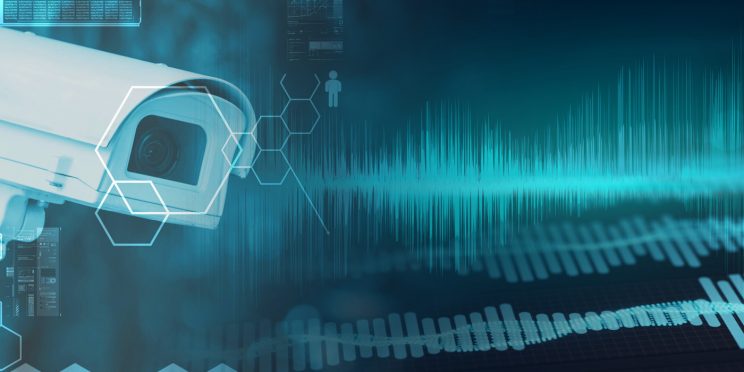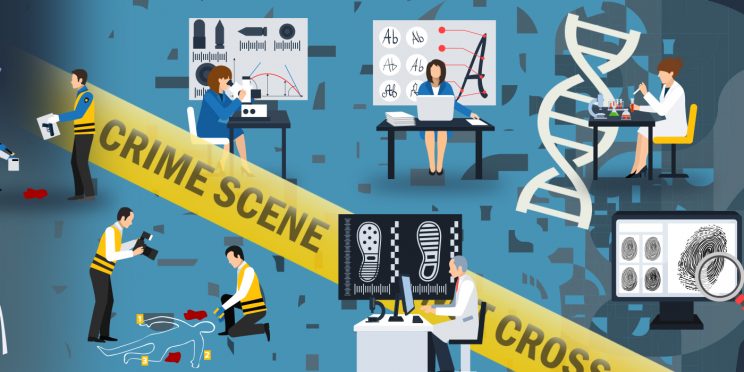Date
December 2013
Overview
Digital crime scene documentation has become an essential component in criminal investigations and the judicial process. In fact, two-dimensional (2D) and three-dimensional (3D) imaging technologies allow law enforcement personnel to skillfully create high-resolution, 360 degree images or data. These panoramic imaging technologies enhance the quality and organization of crime scene documentation by providing fluid, high-resolution scans with embedded photographs. Additionally, digital documentation of a crime scene provides the ability to analyze and spatially reconstruct a scene past the initial documentation phase.
This report discusses the specific results of the evaluation and considerations that an agency should make when deliberating the adoption of a panoramic imaging technology.
Funding for this Forensic Technology Center of Excellence report was provided by the National Institute of Justice, Office of Justice Programs, U.S. Department of Justice.
The opinions, findings, and conclusions or recommendations expressed in this report are those of the author(s) and do not necessarily reflect those of the U.S. Department of Justice.
Contact us at ForensicCOE@rti.org with any questions and subscribe to our newsletter for notifications.




